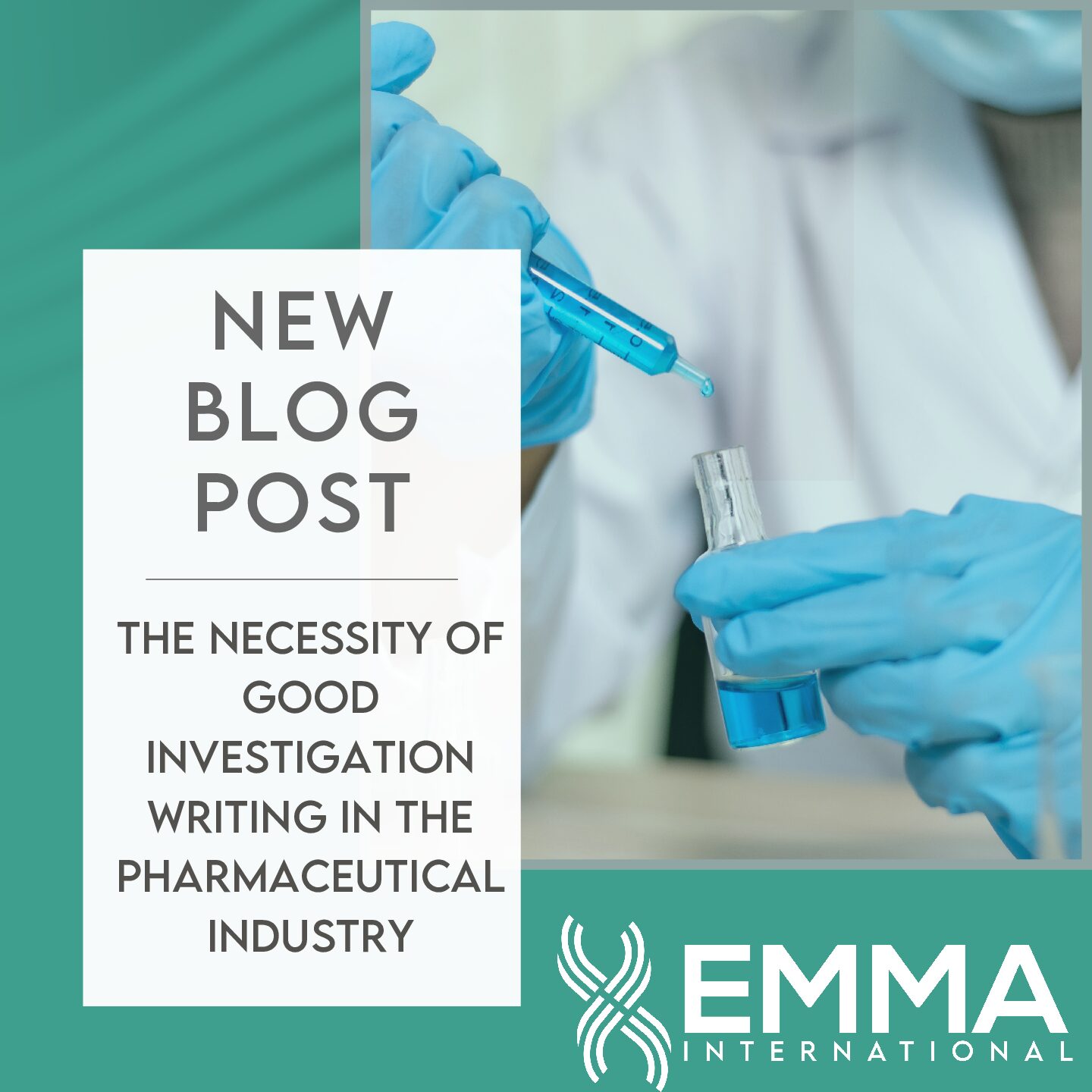As people are becoming increasingly concerned with the Earth’s future, they are looking for more sustainably designed products. From bar shampoo and conditioner to compostable packaging, reusable tampon applicators, and other medical devices, creators are developing and producing more sustainable options, or at the very least more hybrid options. With the rise of reusable medical devices comes many new challenges, including infection control and usability.
As medical devices have become more intricate, the cleaning, disinfection, and sterilization methods have adapted. When developing a reusable medical device, the manufacturer must prove the device can be adequately cleaned, disinfected, or sterilized. These processes will need to be verified and validated to ensure they are effective and the end product is cleaned, disinfected, and/or sterilized. Manufacturers can help ensure the purchaser follows these processes by writing robust instructions for use (IFU).
Problems with the IFU not being followed can result in the device not being adequately sterilized, resulting in a patient or user developing an infection. Issues with the IFU can include being difficult to understand or follow or incomplete. Problems can also arise if the cleaning process personnel are not adequately trained and/or do not follow the process. While a robust IFU of a validated method will not eliminate the infection risk, it may significantly lower it.
The designers of medical devices must explore making their products as easy to use as possible. A product’s design plays a significant role in helping professionals use it properly. The FDA provides several suggestions for practical ways to make reprocessed medical devices as user friendly as possible[i]:
- Easy to disassemble components, if applicable.
- Non-interchangeable connections of critical connections
- Clear markings to ensure the user knows which components are suitable to reprocess.
Reducing patient inconvenience for reusable devices could also significantly increase their usage. Shipping a reusable device back to the manufacturer or contract sterilizer is more inconvenient than purchasing single-use devices.
While single-use devices may be more convenient in the short term, reusable devices reduce the amount of waste accumulated over time. However, the risk of cross-contamination is slightly higher than with disposable, and to be successful, stakeholders must be given proper training and closely follow the instructions for use. Independent of single-use or reusable medical devices, ensuring the necessary precautions, such as standard operating procedures, training procedures, and a robust quality management system, is in place is essential. EMMA International can help create, implement, and validate cleaning, disinfection, and sterilization processes for single-use and reusable products. The experts can also help write robust IFU’s, conduct training, or help with other issues to ensure the product is as safe as it can be. For more information, contact EMMA International at 248-987-4497 or info@emmainternational.com
[i] https://www.fda.gov/media/80265/download






